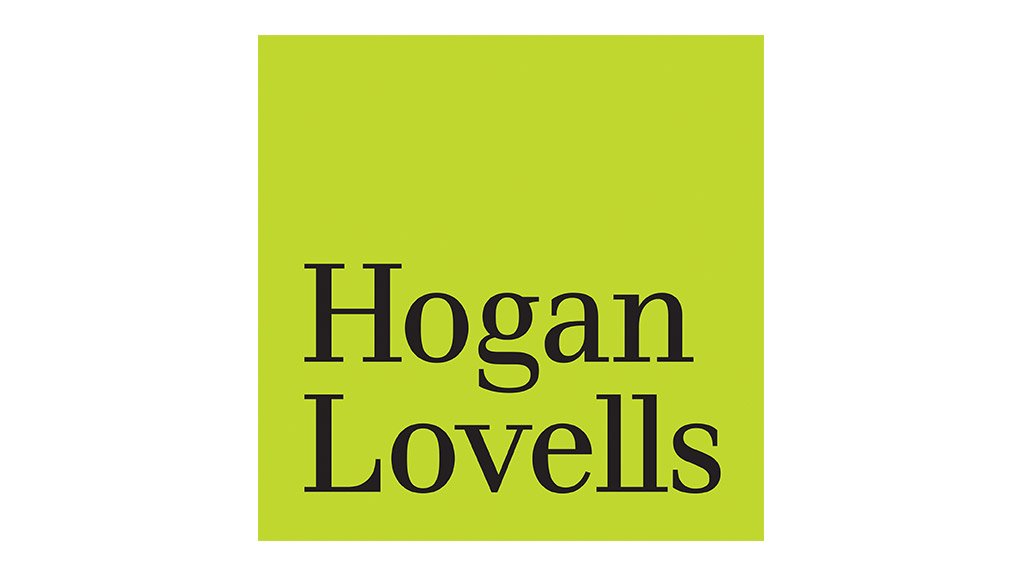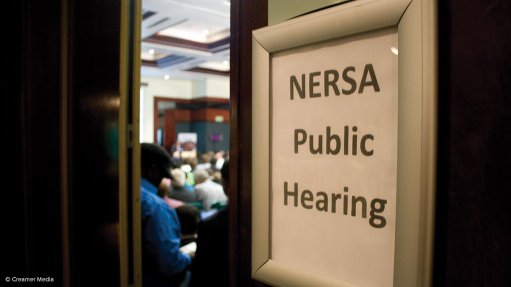Better health care access for all: The regulation of telemedicine in South Africa
This article has been supplied as a media statement and is not written by Creamer Media. It may be available only for a limited time on this website.
It is widely expected that telemedicine services will gain more traction and prominence in the South African health care environment in the coming months and years. The adoption of new technologies, such as the rollout of 5G mobile networks across the country, will only serve to encourage the use and further development of telemedicine services.
Both established and start-up businesses are competing for pole position in developing innovative and disruptive new technologies, software, platforms and solutions to capture the health care market in South Africa and around the world. However, buy-in from health care practitioners, patients, health care funders and regulators is required.
It has been widely reported that rural underserviced communities, the elderly and patients requiring treatment for chronic conditions have greatly benefited from telemedicine solutions. Especially, as telemedicine allows for improved access to health care services, lower costs and positive outcomes.
It is against this backdrop that the Health Professions Council of South Africa (HPCSA), the statutory body tasked with the regulation of the health professions, developed, approved and published the General Ethical Guidelines for Good Practice in Telemedicine (Guidelines) in August 2014.
The stated objective of the South African Telemedicine System, as per the Guidelines, is to deliver health care services at a distance to South African communities in underserved areas and alleviate the human resource crisis currently experienced, as well as to improve links and communication between developed health care facilities and underdeveloped rural areas.
The Guidelines recognise that telemedicine may be provided through email, teleconferencing, videoconferencing or similar forms of technology, which enable health care practitioners to replicate the interaction of traditional face-to-face consultations with patients. Technologies that enable real-time monitoring of vital signs, the taking of x-rays and the administering of hearing tests, to name a few, are being developed and used by health care practitioners to assist with the treatment of patients from a distance.
Three parties will generally be involved in the provision of telemedicine services, i.e. a requesting patient, a consulting health care practitioner and a servicing health care practitioner. The roles of these parties are addressed below.
It must be noted that consulting health care practitioners and servicing health care practitioners are held to the same standards of medical practice as health care practitioners that conduct face-to-face consultations. Treatments, including the issuing of prescriptions, based solely on online questionnaires will not constitute an acceptable standard of care, and are not permitted in terms of the Guidelines.
Consulting health care practitioners will conduct face-to-face interviews or examinations with requesting patients and will refer patient information to a remote location for further advice or intervention. Ultimately, the consulting health care practitioners will remain responsible for the treatment of requesting patients, the decisions and other recommendations given to requesting patients, as well as for keeping detailed records of the requesting patients' conditions and the information transmitted and received from servicing health care practitioners.
The servicing health care practitioners will advise consulting health care practitioners or intervene in the treatment of requesting patients from a remote location, and the servicing health care practitioners' obligations include the keeping of detailed records of the advice provided, as well as the information received, and ensuring that the advice or treatment suggestions given were understood by the relevant consulting health care practitioner or requesting patient.
Informed consent is imperative in order to engage in telemedicine, and the Guidelines require that the requesting patient be informed regarding the purpose of the telemedicine services, the cost of the services and the implications thereof.
It must also be noted that compliance with legislation such as the Consumer Protection Act, the Protection of Personal Information Act, the Electronic Communications and Transactions Act, the Health Professions Act, and the Medicines and Related Substances Act will become relevant when the solutions and the devices to be used in the provision of telemedicine services are selected and developed.
As telemedicine services develop, mature and become more widely adopted in South Africa, regulators such as the HPCSA and the South African Health Products Regulatory Authority, national government, and the legislature will have to ensure that laws, regulations, policies and guidelines addressing, inter alia, telemedicine services, health care practitioners, medical devices, reimbursement practices and data protection rules, are developed and refined in such a manner that innovative and new solutions are encouraged, and at the same time ensuring patient safety and positive outcomes.
Written By Mandi Krebs, Senior Associate, and Abrianne Marais, Associate Designate, at Hogan Lovells (South Africa)
Comments
Press Office
Announcements
What's On
Subscribe to improve your user experience...
Option 1 (equivalent of R125 a month):
Receive a weekly copy of Creamer Media's Engineering News & Mining Weekly magazine
(print copy for those in South Africa and e-magazine for those outside of South Africa)
Receive daily email newsletters
Access to full search results
Access archive of magazine back copies
Access to Projects in Progress
Access to ONE Research Report of your choice in PDF format
Option 2 (equivalent of R375 a month):
All benefits from Option 1
PLUS
Access to Creamer Media's Research Channel Africa for ALL Research Reports, in PDF format, on various industrial and mining sectors
including Electricity; Water; Energy Transition; Hydrogen; Roads, Rail and Ports; Coal; Gold; Platinum; Battery Metals; etc.
Already a subscriber?
Forgotten your password?
Receive weekly copy of Creamer Media's Engineering News & Mining Weekly magazine (print copy for those in South Africa and e-magazine for those outside of South Africa)
➕
Recieve daily email newsletters
➕
Access to full search results
➕
Access archive of magazine back copies
➕
Access to Projects in Progress
➕
Access to ONE Research Report of your choice in PDF format
RESEARCH CHANNEL AFRICA
R4500 (equivalent of R375 a month)
SUBSCRIBEAll benefits from Option 1
➕
Access to Creamer Media's Research Channel Africa for ALL Research Reports on various industrial and mining sectors, in PDF format, including on:
Electricity
➕
Water
➕
Energy Transition
➕
Hydrogen
➕
Roads, Rail and Ports
➕
Coal
➕
Gold
➕
Platinum
➕
Battery Metals
➕
etc.
Receive all benefits from Option 1 or Option 2 delivered to numerous people at your company
➕
Multiple User names and Passwords for simultaneous log-ins
➕
Intranet integration access to all in your organisation





















